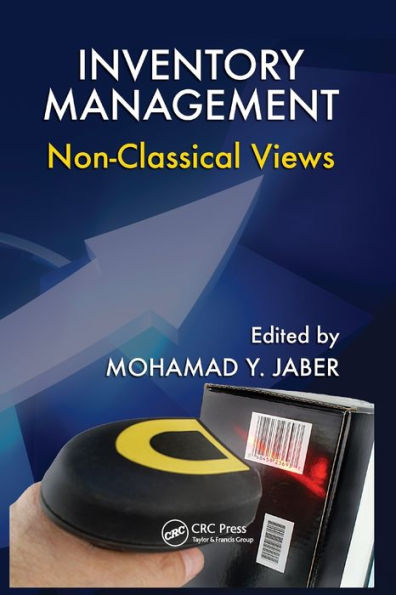Explore the new role of inventories in business enterprises
This book discusses a new paradigm for inventory management that is responsive to dynamic changes in the economy. It explores:
- Inventory systems that provide flexibility
- Inventory performance measures other than using cost as a means to control inventory
- Inventory as a contributor to customer value creation, rather than a liability
The book also examines why energy and the environment are to be considered in inventory decisions, the non-classical application of inventory management in fields such as healthcare and disaster relief, and non-classical approaches to measuring the performance of inventory such as information theory, fuzzy sets, and thermodynamics.
While many factors may change, one certainty is that the global economy is becoming increasingly dynamic. Planting the seeds for new research in inventory control and management, this book outlines the evolving role of inventories in business enterprises. It explores how to create inventory management as a tool for continued success regardless of market fluctuations and economic variances.
Explore the new role of inventories in business enterprises
This book discusses a new paradigm for inventory management that is responsive to dynamic changes in the economy. It explores:
- Inventory systems that provide flexibility
- Inventory performance measures other than using cost as a means to control inventory
- Inventory as a contributor to customer value creation, rather than a liability
The book also examines why energy and the environment are to be considered in inventory decisions, the non-classical application of inventory management in fields such as healthcare and disaster relief, and non-classical approaches to measuring the performance of inventory such as information theory, fuzzy sets, and thermodynamics.
While many factors may change, one certainty is that the global economy is becoming increasingly dynamic. Planting the seeds for new research in inventory control and management, this book outlines the evolving role of inventories in business enterprises. It explores how to create inventory management as a tool for continued success regardless of market fluctuations and economic variances.

Inventory Management: Non-Classical Views
242
Inventory Management: Non-Classical Views
242Paperback

Product Details
| ISBN-13: | 9780367385323 |
|---|---|
| Publisher: | Taylor & Francis |
| Publication date: | 09/19/2019 |
| Series: | Systems Innovation Book |
| Pages: | 242 |
| Product dimensions: | 6.12(w) x 9.19(h) x (d) |
